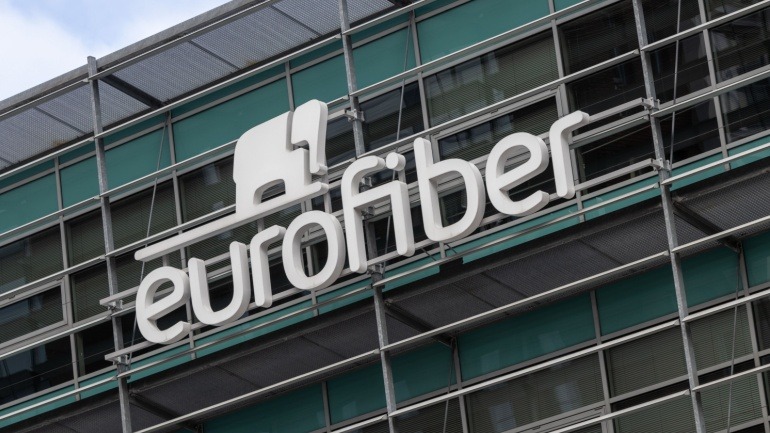The recent merger of Indosat Ooredoo and Hutchison 3 Indonesia, a $6 billion venture, has rapidly elevated the combined IOH to become Indonesia’s second-largest operator. Not only has this consolidation resulted in significant revenue growth, but it has also brought about considerable service improvements and increased the company’s competitive standing.
When discussing the merger, Foong Wei Chyn, Director of Service Operations at Huawei, likened the process to the fusion of two separate highways into a singular, efficient one for providing quicker and broader connectivity to its users. A merge of this magnitude was not a simple process, with complexities heightened by the aim of maintaining superior user experiences while combining networks.
Chyn underscored the point that meticulous planning was at the heart of this project. Considerations not only involved coverage, capacity, and quality, but also had to factor in Operational Expenses (OPEX) and Capital Expenditure (CAPEX). The outcomes of this merge were primarily positive, with impressive performance standards. As per third-party assessment data, the new-and-improved network outperforms its competitors, and a notable 30% increase in network throughput was recorded post-merger. Moreover, user speeds were improved by 5MB/s, thus broadening the scope of Internet access and enabling the new Indosat to better bridge the urban-rural digital divide in Indonesia.
IOH continues to play a significant role in Indonesia’s rapidly growing digital economy. The company’s vision extends beyond providing broadband connectivity to underprivileged people, it aspires to meet customer expectations which requires a reassessment of operations in the network and service domains.
At IOH, digital transformation is underway. To achieve their vision, they are partnering with Huawei to transform their business across all network O&M scenarios, whilst gradually implementing next-generation intelligent operations. The aim is to reduce complexity, enhance user experience, and set the stage for continued growth and innovation.
The facets of IOH’s business transformation involve three key areas – people, process, and platform. On the platform side, the changes entail the deployment of a converged data platform that facilitates greater automation and intelligence. As part of this, low-code development, microservices, and API-based software tooling are being incorporated to help staff, even without extensive coding experience, to develop digital products.
This transformation is a long-term project but early signs are positive. Initial fault management automation initiatives have already led to significant improvements, including a 71% reduction in repair power-related network faults time. Other impressive metrics include an 81.4% success rate of auto diagnosis, a 67.6% success rate of auto recovery, 50% efficiency in site audit resource, and 37% time efficiency. These results highlight the positive impact of the merge and pave the way for further growth and development for IOH.







